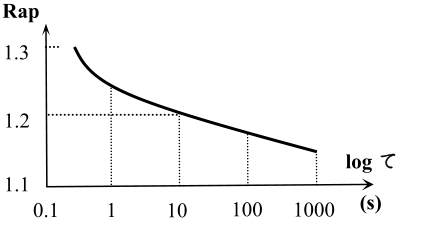Categories
New Blog
What are the main reasons for the continuous increase in the leakage current of varistor (MOV)?
April 16 , 2025There are three main reasons why the leakage current of the MOV in the SPD continues to increase and thermal breakdown occurs during the normal working life:
1. The frequency and amplitude of surge overvoltage at the SPD installation site are large, causing the MOV's inherent ampere-second resources to be exhausted prematurely and enter the degradation failure stage.
2. Continuous large system overvoltage. Experimental results show that when the power frequency voltage to MOV pressure ratio Rap is about 0.6, MOV type SPD can work long-term and stably within the specified life span. Rap is about 0.8-1.13, SPD can maintain thermal stability, that is, the temperature of the resistor, resistive current and power consumption can be stabilized at a certain value, but the duration of stable operation will decrease rapidly with the increase of Rap. When Rap is higher than 1.14, SPD cannot maintain thermal stability and quickly develops to thermal breakdown. The statistical relationship between the MOV's tolerance time (S) for power frequency overvoltage, that is, the time from the addition of power frequency voltage to its breakdown and short circuit (τ), and the pressure ratio (Rap) is roughly shown in Figure 1.
3. SPD has manufacturing defects, so it enters the aging failure stage early. For example, the potting material reacts chemically with the MOV, or the MOV resistor itself has early failure problems. Therefore, in SPD manufacturing, attention should be paid to the reliability screening of MOVs to screen out products with early failure risks. Although the above discussion is about the thermal breakdown of MOVs, the switching type SPD also has similar problems. Gas discharge tubes, air gaps and other voltage switching components will also fail under continuous power frequency currents of small values. Figure 1 Power frequency overvoltage tolerance of MOVs will also fail due to short circuits, and overheat protection disconnectors should also be set.

Figure 1 MOV power frequency overvoltage tolerance